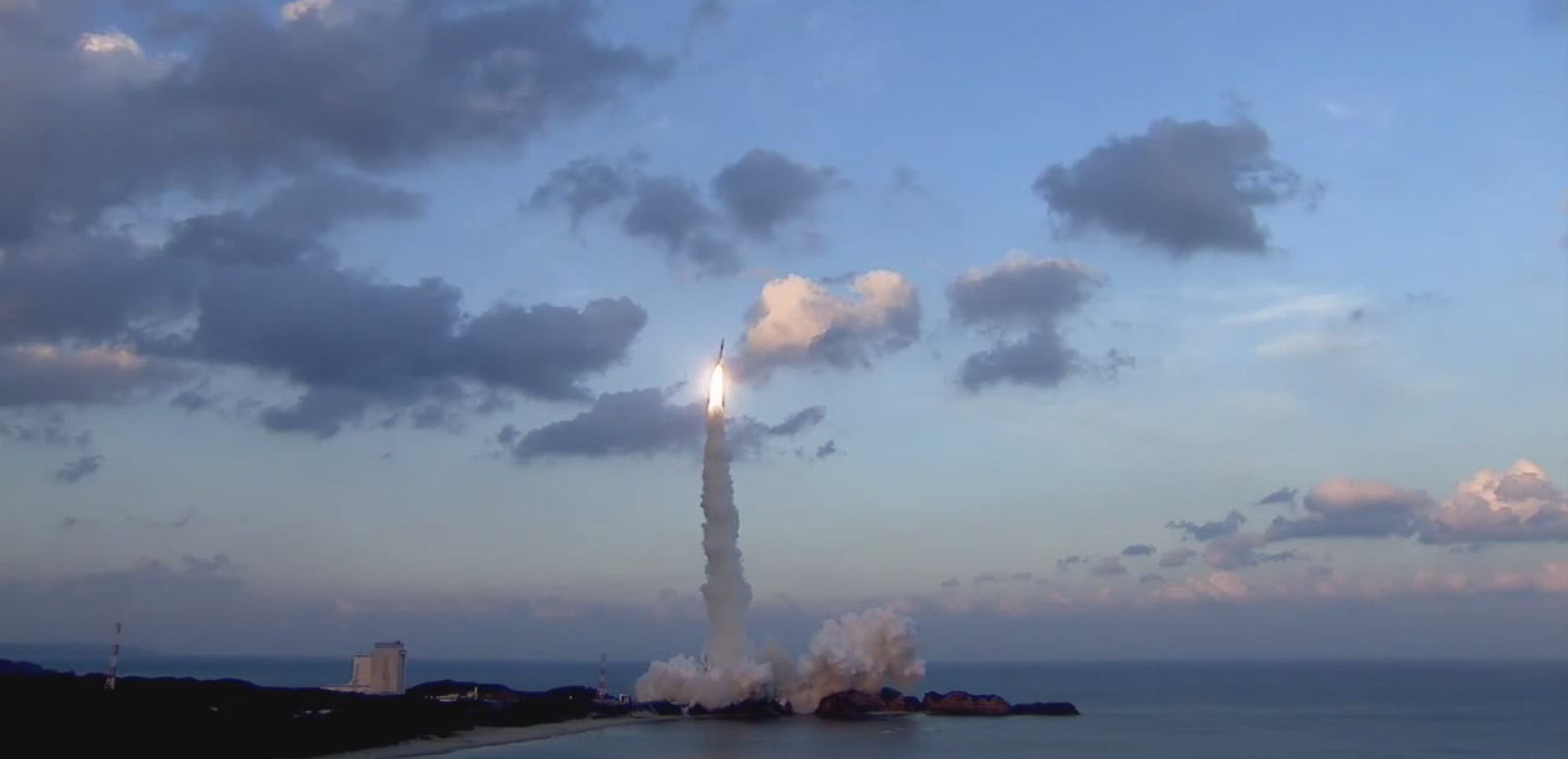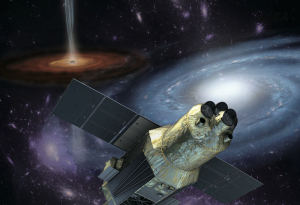
On February 17, the Japan Aerospace Exploration Agency (JAXA) launched Hitomi, a satellite specializing in the imaging and measurement of X-rays. Though its time in space was brief, the satellite will serve as a launching pad for future missions: during the time it was in operation, it collected some valuable data and validated a new instrument on board.
Hitomi was the brainchild of an international collaboration known as “ASTRO-H.” Over 200 scientists from 60 different institutions across Japan, North America, and Europe held their breath as the satellite successfully launched and entered orbit. They celebrated two weeks later when the satellite completed its first functional stage, known as the “critical operation phase,” which involved the activation of instrument cooling systems and the commencement of test operations.
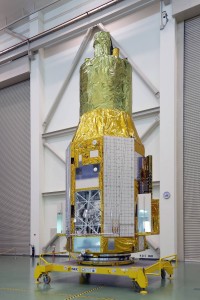
Then on March 27, just five weeks after launch, JAXA suddenly lost communication with Hitomi. The U.S. Joint Space Operations Center detected signs that Hitomi had broken into five pieces. Despite the slim chances for recovery, JAXA devoted a month to re-establishing contact with the satellite, before concluding that the satellite had indeed suffered significant damage. JAXA also identified the cause of Hitomi’s disintegration: control systems within the satellite erroneously measured its rotational speed, and an attempt by the satellite’s thrusters to slow its rotation also backfired, causing the satellite to spin out of control. By late April, Hitomi had fragmented further, prompting JAXA to announce that restoration was impossible.
Though Hitomi’s loss devastated scientists around the world, the satellite was far from a fruitless mission. Before Hitomi’s misfortune, the satellite was able to observe the Perseus cluster, which consists of thousands of galaxies and is one of the most massive astronomical objects in the universe. The satellite collected data on the X-rays emitted by hot plasma in the cluster’s core, allowing researchers to study the plasma’s dynamics and to improve current assumptions used in determining the mass of such clusters.
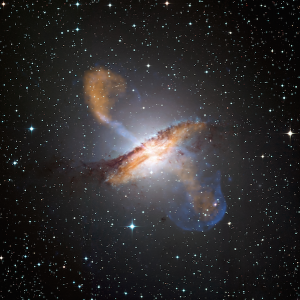
Hitomi was an engineering feat, spanning eight years of construction and nearly two decades of development. It was third in a line of similar satellites that JAXA had built and launched, all with the common goal of observing high-energy radiation emitted throughout the universe. Hitomi focused on wavelengths that ranged from X-rays to gamma rays—the emission spectra of astronomical objects like galaxy clusters and the remnants of supernovae.
Equipped with a variety of telescopes, detectors, and imaging systems, the satellite far surpassed current X-ray instruments by providing both higher measurement sensitivity and a 100-fold increase in imaging resolution. Yale University’s Israel Munson Professor of Physics Meg Urry, an advisory committee member for ASTRO-H, emphasized the promise of Hitomi’s soft X-ray spectrometer (SXS), a new instrument used to measure lower energy X-rays.
Unfortunately, complications constantly have beset JAXA’s mission to launch a satellite equipped with SXS. After losing its first X-ray satellite during launch, JAXA successfully launched a second satellite into orbit in 2005; however, a leak in the SXS cooling system—necessary to maintain the telescope at low temperatures—caused the liquid helium coolant to unexpectedly evaporate in less than three weeks after orbit. The leak rendered the SXS nonoperational.
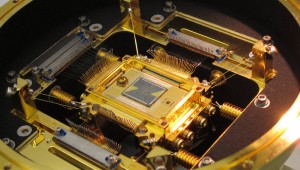
Although Hitomi was unable to realize the full potential of the SXS, such an instrument is essential in studying high-energy interactions in the universe, including black holes and neutron stars. The SXS can identify these celestial bodies by the X-rays emitted by their surrounding accretion discs—large swaths of gas attracted by these objects’ immense gravitational fields.
Despite Hitomi’s failure, the first successful use of the SXS in space has prompted optimism from researchers in the astrophysics community. A rebuild of Hitomi is under consideration, with NASA and JAXA considering a collaborative launch in several years.
***
Editor’s Note: The following article was written by Wei in March 2016, shortly prior to the malfunctioning of Hitomi. The piece is published in full in order to shed light on the heights to which future satellite missions may aspire.
It’s a bird, it’s a plane, it’s a flying refrigerator?
The low-temperature microcalorimeter onboard satellite Hitomi measures X-rays with higher resolution than ever before
The latest object in the night sky is not Superman, but it does have Superman’s X-ray vision. That object is the Japan Aerospace Exploration Agency (JAXA)’s newest satellite ASTRO-H, which specializes in the imaging and measurement of X-rays.
After the successful launch on February 17, JAXA has renamed the satellite “Hitomi,” meaning “pupil.” Like the pupil of the eye, the satellite observes the universe; it studies wavelengths ranging from X-rays to gamma rays—the emission spectra of astronomical objects like galaxy clusters and the remnants of supernovae.
Equipped with a variety of telescopes, detectors, and imaging systems, Hitomi surpasses current X-ray instruments by providing both higher measurement sensitivity and resolution. Yale professor Meg Urry, an advisory committee member for ASTRO-H, emphasized Hitomi’s soft X-ray spectrometer (SXS), a new instrument used to measure the lower energy X-rays.
The SXS consists of three main components: a 5.6-m X-ray telescope, a microcalorimeter detector, and a cooling system. Telescope mirrors reflect incoming X-rays to the microcalorimeter array, which detects these X-rays with unprecedentedly high resolution— a 100-fold improvement over current instruments. While previous X-ray spectrometers simply collect charge with an energy proportional to the energy of incoming X-rays, the microcalorimeter detects X-ray photons and measures their energy as a precise temperature change.
Invented about 30 years ago at the Goddard Space Flight Center, NASA’s first laboratory and largest research center, the X-ray microcalorimeter was a technological breakthrough. However, in order to preserve its high sensitivity, the microcalorimeter and consequently the SXS can only operate under extremely cold temperatures maintained by the cooling system. “That’s the challenge of this particular detector. You gain a lot, but it costs you in complexity of the surrounding coolant,” Urry said.
Developing a cooling system to keep the microcalorimeter at low temperatures has been difficult. Hitomi’s predecessor, Suzaku, carried an SXS into space in 2005. However, a leak in the cooling system caused the liquid helium coolant to unexpectedly evaporate less than three weeks into Suzaku’s orbit. Consequently, the cooling system could not maintain the microcalorimeter at low enough temperatures, rendering the SXS nonoperational.
Unlike Suzaku, however, Hitomi’s cooling system has two refrigerators with liquid helium coolant; the system is also engineered to maintain low temperatures even without the coolant. This redundancy ensures temperatures cold enough to operate the SXS. After completing the “critical operation phase,” which involved activating the cooling system and starting SXS test operations, the SXS cooling system started successfully running at a temperature slightly above absolute zero. The initial stage completion, as well as the backup refrigerator, increases the chances that Hitomi can operate for and beyond the mission’s expected duration.
An international collaboration, the ASTRO-H mission includes 240 scientists from 60 different institutions across Japan, North America, and Europe. ASTRO-H researchers expect the high-resolution X-ray data from Hitomi to shed light on broad areas of astrophysics. One region of Hitomi’s research includes black holes and neutron stars, which are identified by the X-rays emitted by their surrounding accretion discs—discs of gas attracted by these objects’ immense gravity.
In addition, X-ray data from Hitomi can improve understandings of other high-energy interactions in the universe, including the distribution of turbulent hot gas and dark matter in galaxy clusters. Since the distribution of X-ray emissions from galaxies and galaxy clusters can be used to derive their masses, researchers can also use the SXS to explore the mass distribution of the universe, ultimately learning more about the universe’s structure.
After the initial functional verification and calibration of all instruments, Hitomi will begin observations before the end of the year.

